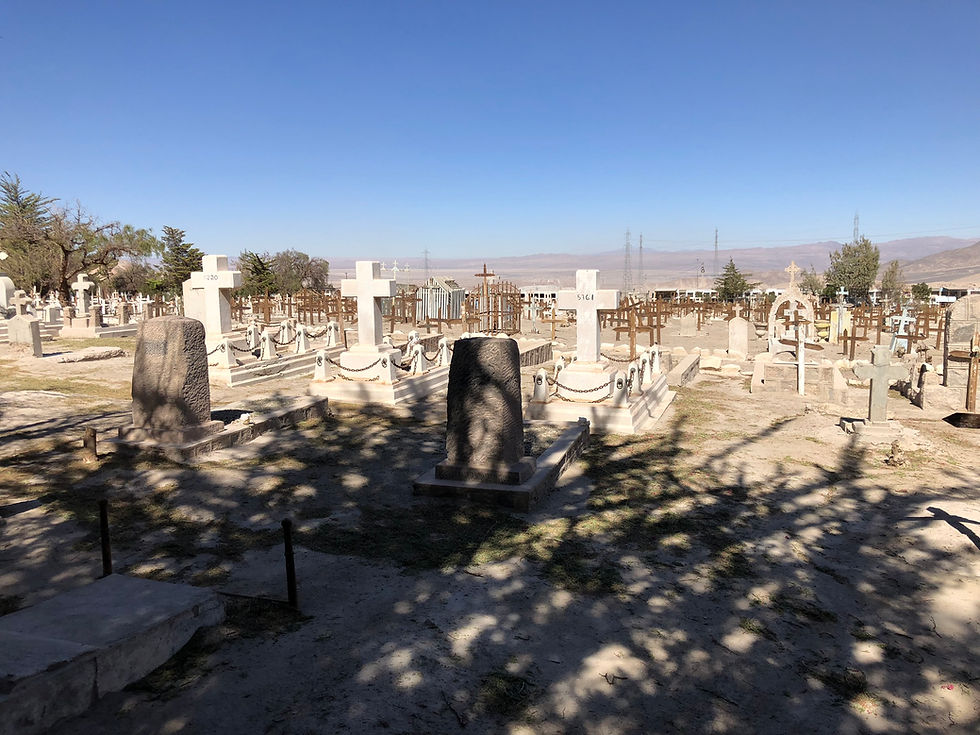Steel yourself for Xmas
- Lipmann Walton & Co Ltd

- Dec 14, 2021
- 3 min read
Updated: Nov 17, 2022
This Christmas may bring you gold, beryllium and gallium. We give you the hard facts.
How metallic will your Christmas be? As a metals merchant, I can tell you.
I'm assuming the five gold rings my true love intends to give this Christmas are 22 carat (91.6675% gold) with 5 grams of content. The balance is nickel for hardening. So the metal value of my true love’s purchase this year will be around £200 per ring (with gold at £1300 per troy ounce).

It sounds cheap, doesn’t it? But, of course, that's not what she’ll be paying. Although a ring is little more than a metal tube, thinly sliced, and shaped, it’ll likely set her back £5,000, proving the real craftsmanship is in the selling and buying!
This will become apparent if you happen to fall out of love with your true love in 2022 and try to flog it back. The likelihood is your friendly local jeweller will tell you it's just scrap. For that is where 50% of the gold in my true love’s ring most likely came from – perhaps the recycled solder point in a piece of high-end electronics or a Russian’s old tooth. If the atoms originated direct from a mine, they’re probably from China, Russia, or Australia.
Christmas Day has other metallic riches in store. On waking, I reach for the light switch which happens to be made of beryllium copper, containing 1.5% of toxic beryllium. The toxicity is rendered harmless by the copper alloy in which it is contained. The springy metal allows my switch to perform its task reliably a million times before deformation. Without it Christmas Day would be once again candle-lit. (Beryllium, mined in Utah, costs about £370 per kilo, copper, from Chile, £6.7 per kilo).
I glance at my smartphone. ‘Oh dear, only three hours before Uncle Eddy is due!’ I hope he managed to re-charge the NMC battery in his e-vehicle for the 250-mile journey. NMC stands for nickel 33%, manganese 33%, cobalt 33%. Cobalt from the Democratic Republic of Congo cost £44 per kg at the time of writing, manganese from China £3.7 per kg.
At least, I happen to know he is using green energy wind as the power source: the 200-foot-long fan blades turn a huge neodymium-iron-boron permanent magnet to create current. With luck the rare earth elements of neodymium with a dash of dysprosium might come from magnets recycled in Europe. Otherwise, the neodymium (£90 per kg), dysprosium (£410 per kg), boron (£3 per kg), iron (£0.15 per kg) are all from China.
Christmas lunch would not be the same without the best cutlery. I lay out the knives, forks, and spoons, with a quick glance on the backs. Some are etched with the numbers18/8. That means a standard stainless steel (18% chrome and 8% nickel, with a balance of iron). But Uncle Joe is coming too and he's a metallurgist, so I need to make sure to give him the 18/12 (12% nickel). A finer stainless, it's less likely to tarnish or show the slight rust you sometimes see when you take the cutlery out of the dishwasher.
The nickel has travelled a long way to the table - most probably from Norilsk in Russia, once a Gulag. Far above the arctic circle, it's the world’s largest nickel mine. (Nickel costs £13.5 per kg, chrome £6 per kg). If the cutlery is Sheffield-made, 80% might be from recycled stainless steel. In a previous life, it might have been a washing machine drum or sink top.
Or it might be stainless steel from an old car body containing 4% of titanium. In this case, there may be just a soupçon of Russian Komsomolets Class nuclear submarine inside. When the Russians chopped up their submarine hulls to pay the military’s bills in the 1990s, thousands of tons of prime titanium alloy were processed in Sheffield. (Titanium £4 per kg from China/Russia, added as ferro titanium to stainless steel).
After a fine Christmas lunch, it’s time to turn on the flat screen TV to watch the Queen. Her picture is crystal clear. That’s thanks to the gallium crystal compounds of nitrides, arsenides and phosphides, stimulated by a current conducted invisibly along indium tin oxide pathways etched on the screen’s surface which display her image pixel by pixel. Gallium is £400 per kg, Indium £200 per kg. They are both from China.
Soon we bid our tearful farewells. It’s been wonderful to see the older children back from their jobs in America. As I wave goodbye, I am comforted by the thought that the 3% of rhenium (£1000 per kg, from Chile) in the high-pressure single crystal turbine nickel alloys at the core of the Rolls-Royce Trent 1000 engines powering their Dreamliner, will have no trouble to withstand the 1700˚C temperature of the hot gas.
And so a happy metallic Christmas to one and all!
By Anthony Lipmann,
Published in The Oldie magazine, January 2022 issue.




Comments